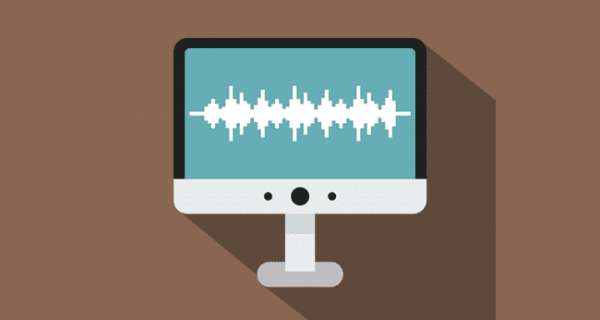
Linux certainly is an exception to the rule that “you get what you pay for.” Even though Linux is free, it’s no slouch when it comes to performance, features, and reliability. The robustness of Linux has to do with the way it is developed and updated.
Developers around the world collaborate to add features. Incremental versions are continually downloaded by users and tested in a variety of system configurations. Linux revisions go through much more rigorous beta testing than any commercial software does.
Since the release of Linux kernel 1.0 on March 14, 1994, the number of Linux users around the world has grown exponentially. Many Linux distributions — combinations of the operating system with applications and installation tools — have been developed to simplify installation and use. Some Linux distributions are commercially sold and supported, while many continue to be freely available.
Linux, unlike many freely available software programs, comes with extensive online information on topics such as installing and configuring the operating system for a wide variety of PCs and peripherals. A small group of hard-core Linux users are expert enough to productively use Linux with the online documentation alone. A much larger number of users, however, move to Linux with some specific purpose in mind (such as setting up a web server or learning Linux). Also, many Linux users use their systems at home. For these new users, the online documentation is not easy to use and typically does not cover the specific uses of Linux that each user may have in mind.
If you’re beginning to use Linux, what you need is a practical guide that not only gets you going with Linux installation and setup, but also shows you how to use Linux for a specific task. You may also want to try out different Linux distributions before settling on one.
Скачать книгу можно бесплатно по данной ссылке: Скачать




































0 Комментарии